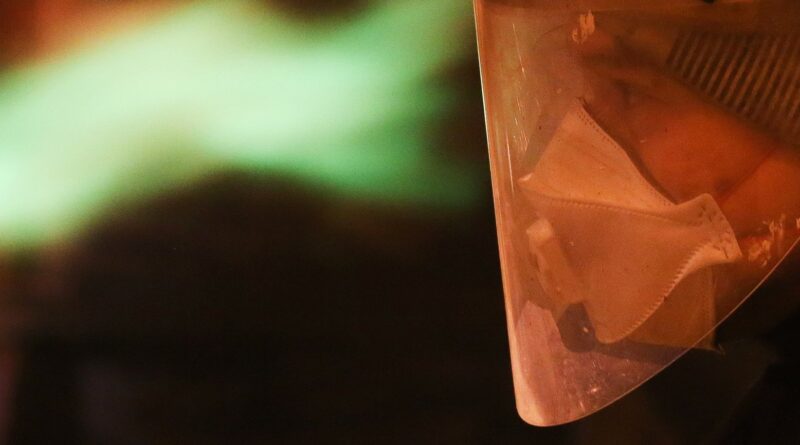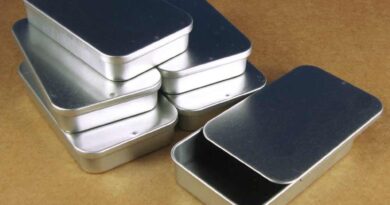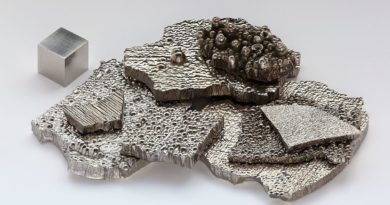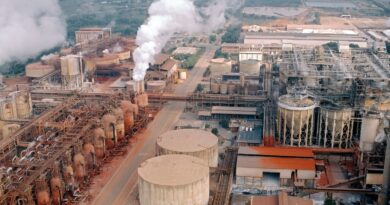Direct-to-blister flash smelter for copper project
The Kamoa-Kakula Copper Project Expansion includes the construction of a smelter complex, based on Finland-based Outotec’s direct-to-blister furnace technology which is suitable for treating Kakula-type concentrates with relatively high copper/sulphur ratio, and low iron.
The Kamoa-Kakula Copper Project — a joint venture between Ivanhoe Mines (39.6%), Zijin Mining Group (39.6%), Crystal River Global Limited (0.8%) and the Government of the Democratic Republic of Congo (20%) — has been independently ranked as the world’s largest, undeveloped, high-grade copper discovery by international mining consultant Wood Mackenzie.
It is a very large, near-surface, flat-lying, stratiform copper deposit with adjacent prospective exploration areas within the Central African Copperbelt, approximately 25 kilometres west of the town of Kolwezi and about 270 kilometres west of the provincial capital of Lubumbashi.
China Nerin Engineering acted as the main engineering consultant with Outotec providing design and costing for propriety equipment, including the Direct-to-Blister Flash (DBF) furnace, waste heat boiler, and the slag cleaning electric furnace.
The smelter design capacity is 1,000 ktpa of concentrate feed, producing in excess of 500 ktpa copper in the form of blister and anode.
Concentrate is first dried in a steam dryer and sent to the DBF where it is smelted in the reaction shaft with oxygen-enriched air to produce molten slag containing oxide minerals, blister copper and sulphur-dioxide (SO2) rich off-gas.
The oxidation reactions provide a portion of the heat required to melt the charge, with external fuel (in the form of pulverized coal and fuel oil) used to supplement the energy demand. Molten slag and blister copper collect in the DBF settler and are intermittently tapped (drained from the furnace) via dedicated tapholes.
DBF slag, still containing appreciable amounts of copper, is further treated using metallurgical grade coke in an electric slag cleaning furnace (SCF) to recover oxidized copper in the form of blister. The SCF slag is slow cooled, crushed, milled and processed by flotation to recover residual copper in the form of slag concentrate, which is recycled back to the DBF.
The SO2-rich off-gas is de-dusted, dried and sent to a double-contact-double-adsorption acid plant for production of high strength sulphuric acid that is sold to the local market.
An on-site smelter offers numerous cost savings, including treatment charges, certain taxes and transportation costs. In addition, the sale of the sulphuric acid by-product would generate additional revenue. Sulphuric acid is in short supply in the DRC, and is imported for use in processing ore from oxide copper deposits.




